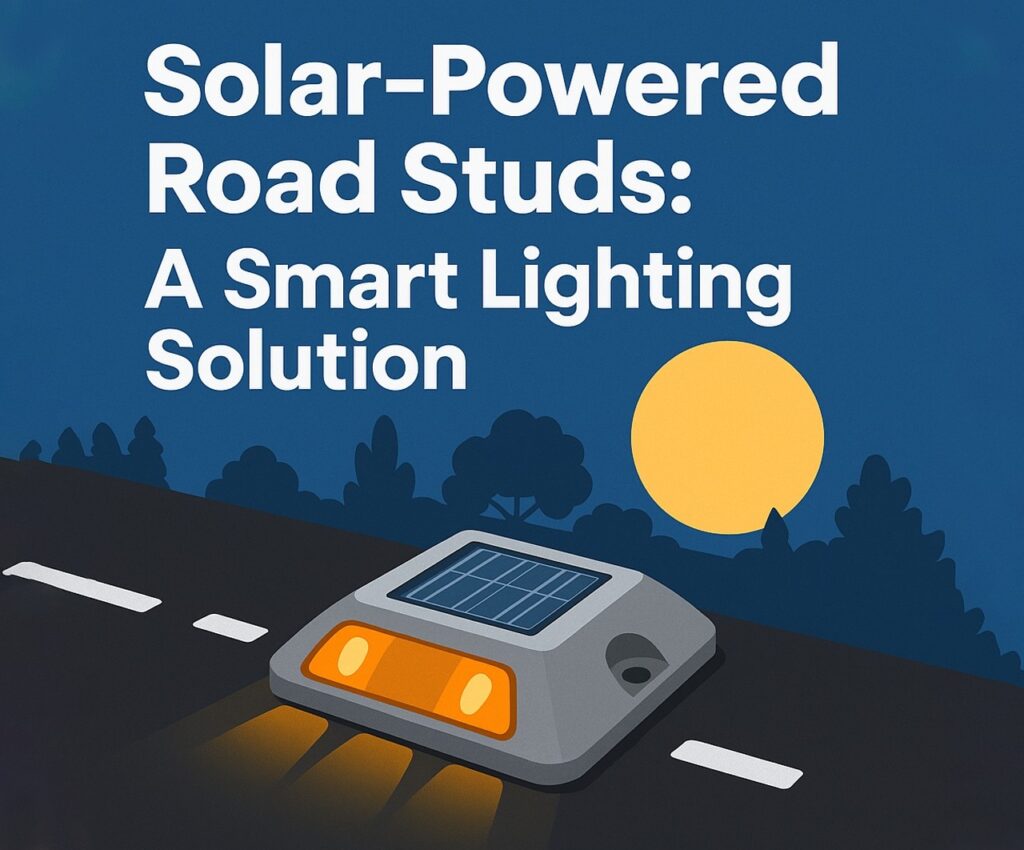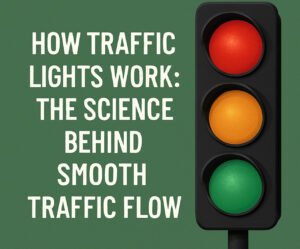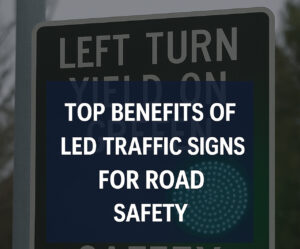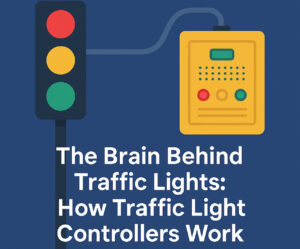As cities and infrastructure move toward smarter, more sustainable designs, swareflex road studs, abs road stud, and active road studs are rapidly gaining popularity. These modern, solar-powered solutions don’t just replace traditional lane markers and reflectors—they revolutionize them. The first step toward safer roads at night and in bad weather? It’s in the glow beneath your tires. Know more..
What Are Solar-Powered Road Studs?
Unlike traditional cat’s eyes or reflective markers, solar-powered road studs are designed to actively light up. These devices absorb sunlight during the day via integrated solar panels and then emit bright LED lights at night. This active lighting improves visibility significantly.
There are several types, including swareflex road studs, known for their high intensity and durability; abs road stud, favored for lightweight applications and cost-efficiency; and active road studs, which include smart functions like flashing patterns and wireless control.
Why Go Solar?
Installing solar-powered road studs makes sense for several reasons:
- Energy Efficiency: These studs generate their own electricity. No wiring or external power supply needed.
- Environmental Impact: They lower energy consumption, contributing to greener infrastructure.
- Cost-Effectiveness: After installation, maintenance is minimal and energy costs are nonexistent.
- Resilience: Solar studs often continue working in power outages or natural disasters.
Municipalities looking to upgrade road safety without overhauling entire electrical systems often turn to abs road stud models for quick, efficient deployment.
Key Benefits
1. Improved Nighttime Visibility
The primary role of active road studs is to provide reliable visual cues at night. They can be seen from up to ten times farther away than reflective studs. This gives drivers more time to react, especially on dangerous curves, rural roads, or highways.
2. Weatherproof and Durable
Whether it’s rain, fog, snow, or extreme heat, solar-powered studs are built to endure. Swareflex road studs in particular are engineered to withstand high-pressure impacts and severe weather.
3. Enhanced Safety Features
Some active road studs feature programmable LEDs that can flash or change color in response to real-time data. For example, they might blink red when drivers exceed the speed limit or turn blue to indicate lane changes in smart highway systems.
4. Low Maintenance
Many models, including the abs road stud, are designed for plug-and-play use. Their sealed units are waterproof and self-cleaning, reducing maintenance costs significantly.
5. Easy Installation
These studs can often be installed with minimal labor, making them ideal for emergency repairs or quick upgrades to outdated roadways.
Where Are They Best Used?
- Highway Centerlines: To increase nighttime visibility and lane discipline.
- Crosswalks: Flashing active road studs alert drivers to pedestrian zones.
- Roundabouts: Illuminate paths to help with complex navigation.
- Bridges and Tunnels: Where lighting is limited or unreliable.
- School Zones and Parking Areas: Use abs road stud types for cost-effective upgrades.
Case Studies & Global Adoption
In the UK, trials of active road studs on smart motorways reduced nighttime accidents by 70%. Similarly, China has deployed millions of swareflex road studs along high-speed rail corridors and mountain roads.
South Korea integrates abs road stud systems in urban bike lanes and pedestrian paths. These solutions don’t just serve vehicles—they create safer spaces for all road users.
Comparing Road Stud Types
| Type | Strengths | Best Use |
| Swareflex Road Studs | High brightness, long life | Highways, tunnels, coastal roads |
| ABS Road Stud | Affordable, lightweight | Urban roads, pedestrian paths |
| Active Road Studs | Smart features, programmable | Smart cities, dynamic traffic zones |
Future of Smart Road Lighting
As smart cities evolve, the role of active road studs will expand. Future models may integrate with AI systems to change lighting patterns based on traffic flow, weather conditions, or emergency alerts.
Connected through wireless networks, these studs could send data back to traffic control centers, creating real-time maps of road usage, congestion, or hazards.
What to Consider Before Installing
- Solar Exposure: Make sure the placement receives adequate sunlight.
- Traffic Load: Choose studs that can withstand the weight and speed of local vehicles.
- Smart Integration: Select active road studs compatible with your traffic system.
- Local Regulations: Confirm they meet DOT or national road safety standards.
Conclusion: A Bright Future for Safer Roads
Solar-powered road studs, from swareflex road studs to the practical abs road stud and advanced active road studs, are lighting the path to safer, smarter streets. As infrastructure catches up with technology, these studs are proving to be more than just a trend. They’re a vital part of the future of transportation safety.
Cities, highways, and even private developers can benefit from deploying solar studs. They’re cost-effective, sustainable, and above all—they save lives. And as demand grows, innovations in this space will only continue to shine brighter.





